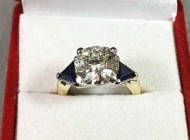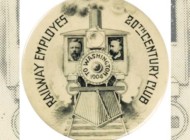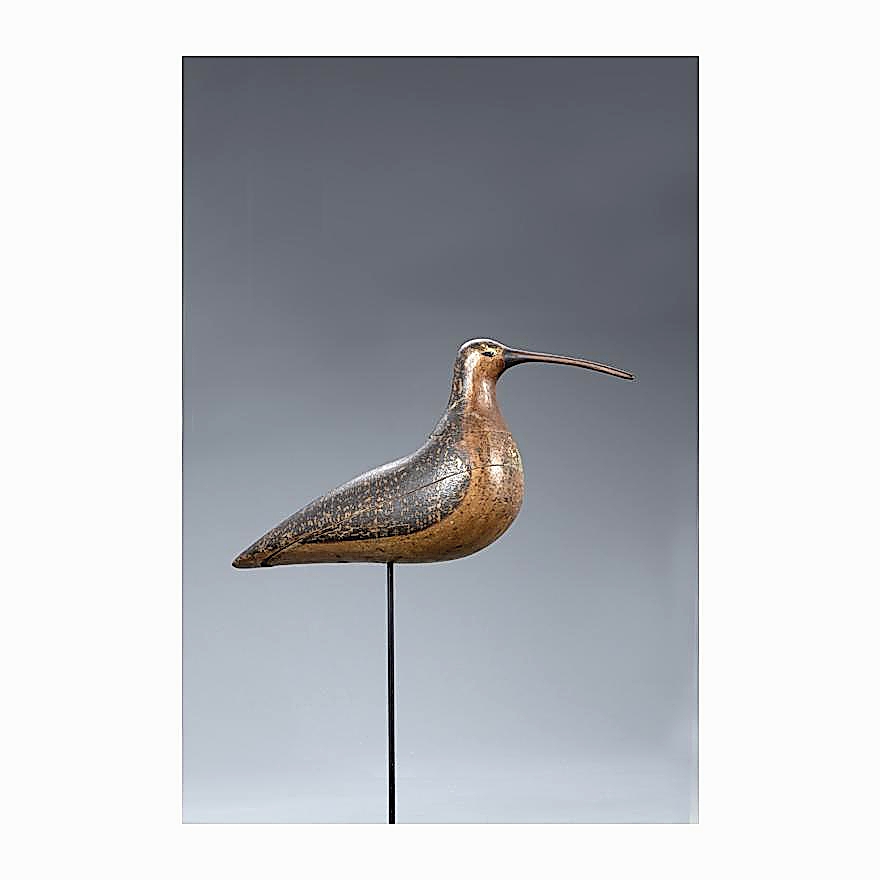
The star of the sale was this the circa 1870 three-piece hollow carved Nantucket curlew by Charles Coffin. Examples by this maker are rare, and this one had an exceptional paint job. Although the beak was replaced, it sold for $108,000, a record for the carver and any Nantucket decoy.
Review by Rick Russack, Catalog Photos Courtesy Copley Fine Art Auctions
HINGHAM, MASS. — As expected, the top lot in Copley’s July 23 sporting sale was a curlew carved by Nantucket maker Charles Coffin about 1870. Finishing in second place, also as expected, was an 11-inch decorative carving of a calling yellowlegs by Elmer Crowell. Of the nine top-priced items in the sale, which collectively grossed $447,000, eight were decoys. In all, more than 20 items sold for five-figure prices. This was Copley’s first online-only sale and it went smoothly, live-streamed on Bidsquare. Peter Coccoluto handled the podium duties and the sale was easy to follow. Artwork accounted for about one-third of the total, $311,000, decoys accounted for the balance, $640,000. Of the 740 registered bidders, more than 150 were new to Copley, and the auction was 93 percent sold.
Decoys led the day, with the circa 1870 three-piece hollow carved Nantucket curlew by Charles Coffin bringing the highest price of the sale. Coffin was one of the island’s premier carvers, and most of his known output is owned by the O’Brien family. This decoy showed intricate, stippled paint and was in fine condition, with even gunning wear but a replaced bill. When asked before the sale if the replaced bill would negatively affect the price, Colin McNair, Copley’s decoy specialist, replied, “We’ll see. But where are you going to find a better one?” The marketplace seemed to agree as the decoy sold for $108,000.
The sale featured about 30 decoys made by Cape Cod carver Elmer Crowell, who died in 1952 at the age of 90. His output included decoys intended for hunting and others intended for the mantelpiece or a showcase. The second highest price in this sale, $90,000, was registered by a decorative carving of a calling yellowlegs, which drew 16 bids. It had everything going for it: a rarely seen open bill, dropped wings, upswept tail and Crowell’s fine paint job. A Crowell willet earned $38,400. Two other Crowell decoys earned well over $10,000, and a selection of his miniatures sold between $850 and $2,600. McNair, talking about the Crowell decoys, commented, “There’s always a lot of presale interest in Crowell birds.”
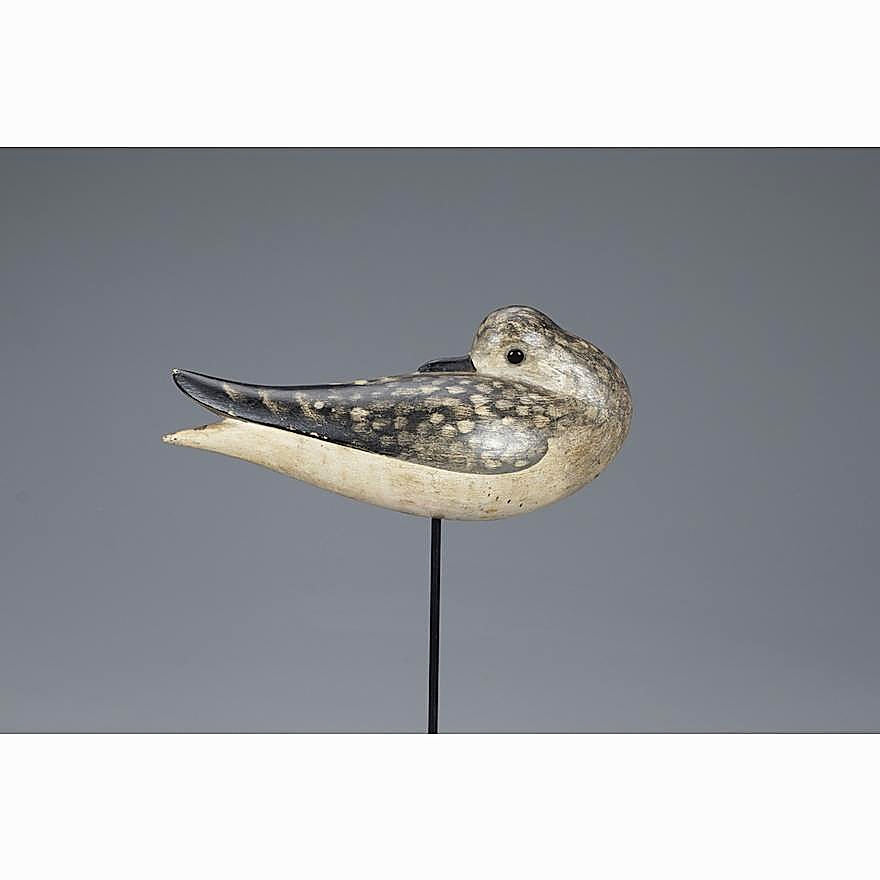
A sleeping black bellied plover by Melvin Gardner Lawrence, a Revere, Mass., carver, brought $42,000. Perhaps no more than 12 examples of his work are known.
A sleeping black-bellied plover by Melvin Gardner Lawrence, a Revere, Mass., carver, brought $42,000, and a running black bellied plover by the same carver earned $13,200. The sleeping plover was the single bird pictured on the cover of Massachusetts Masterpieces, The Decoy as Art, by Gigi Hopkins. Perhaps only a single rig of 12 birds is known to exist by this carver, and the Hopkins book details her research on the artist.
An American merganser drake by Joseph Lincoln, another Massachusetts carver, realized $45,000. According to the catalog, few examples in this condition exist. This decoy has a distinguished provenance, having been owned by Dr George Starr Jr and illustrated in his seminal reference Decoys of The Atlantic Flyway, as well as in Cap Vinal’s essential work on Lincoln, Joseph W. Lincoln. Bidders also responded positively to a number of other decoys. Bringing $18,000 was a circa 1890 brant by well-respected New Jersey carver John Dawson. It had original paint with bright side stripes. A pair of circa 1925 pintails carved by G. Bert Graves and painted by Catherine Eliston earned $18,600. A mallard drake, described in the catalog as “an exceedingly rare and important hollow mallard in unused condition,” made by the Mason Decoy Factory around 1900, achieved $16,800. Condition was helped by the fact that it had been owned by a bank president in Chicago and from 1930 to 1970 was stored in the basement of the bank.
Copley sales usually include a strong selection of contemporary carvings, including those made by the McNair family. Three members of the family carve, two brothers, Colin, who works for Copley, his older brother Ian, and their father Mark, who is considered one of the finest craftsmen in the field. In this sale, a rig of six shorebird decoys by Mark McNair sold for $6,000. In the past, the Shelburne Museum, with one of the best decoy collections in the country, paid more than $27,000 for a pair of McNair swans during a 2009 Copley sale, and a few minutes later a rig of five golden plovers sold for more than $37,000, still a record for the artist. Colin McNair said that his self-taught father, who started carving in the early 70s, produces no more than a bird a week on average. He and his brother, taught by their father, carve as time permits.
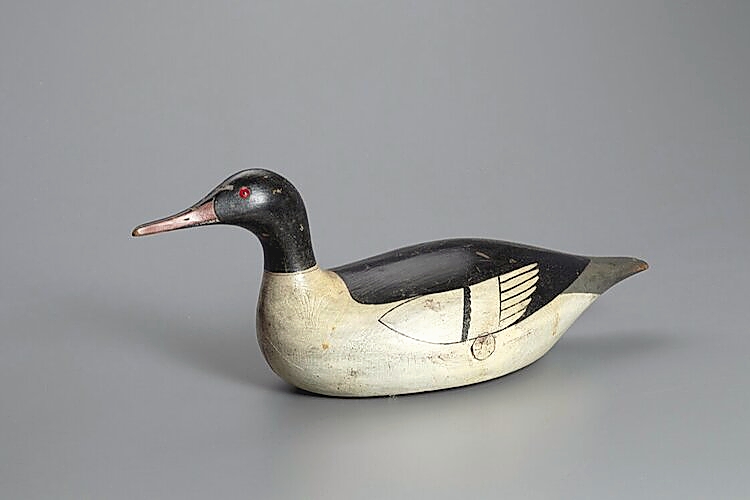
With an impeccable provenance, including the Starr collection, Joe Lincoln’s American Merganser drake realized $45,000.
Artwork included watercolors by Aiden Lassell Ripley (1896-1969) and Ogden M. Pleisnner (1905-1983), oil paintings by Thomas Aquinas Daly (b 1937) and Lanford Monroe (1950-2000), as well as etchings by Carl Rungius (1869-1959) and Frank W. Benson (1862-1951). Leading the category was Pleisnner’s circa 1940 quail hunting scene, which went for $37,200. A 1948 Ripley watercolor depicting two pheasants taking off from a marsh ended up at $16,800, while another by the artist, “Pheasants Near the Old Farm,” brought the same price. One of the seven lots of Rungius etchings, “Browsing,” depicting several elk in sparse vegetation, sold for $2,880.
Steve O’Brien Jr discussed the sale, the state of the decoy business and how the virus restrictions have affected his business. “This will be a much smaller sale than usual for us. That’s by design. We have fewer lots and we didn’t include any of the blockbusters that we’ve had in previous sales. So, for what we presented, we did well. Just one of our cover lots, the merganser didn’t sell. We ended up just under a million dollars, but our private sales prior to the auction were another $2 million. That $2 million worth of decoys would have been included with this sale had it not been for the COVID-19 restrictions. The collector was hesitant about how the virus might affect the auction marketplace, so he asked us to sell them privately, which we do a lot of, so we did. We do just two sales a year, so we didn’t like losing the interaction with our clients that a live sale provides. Most, however, know us well and trust that our descriptions are accurate. We’ve provided hundreds of detailed condition reports, additional photographs and x-ray reports. In addition, many of the birds are well known to the market, having major collections in their provenance and having been illustrated in various publications over the years. That really helps. And business-wise overall, it’s been a very good year. Our next sale, in February, has a major collection of Southern decoys, including some major birds, so we’re looking forward to that and hope we’re back to live format by then.”
Prices given include the buyer’s premium as stated by the auction house. For information, 617-536-0030 or www.copleyart.com.




















